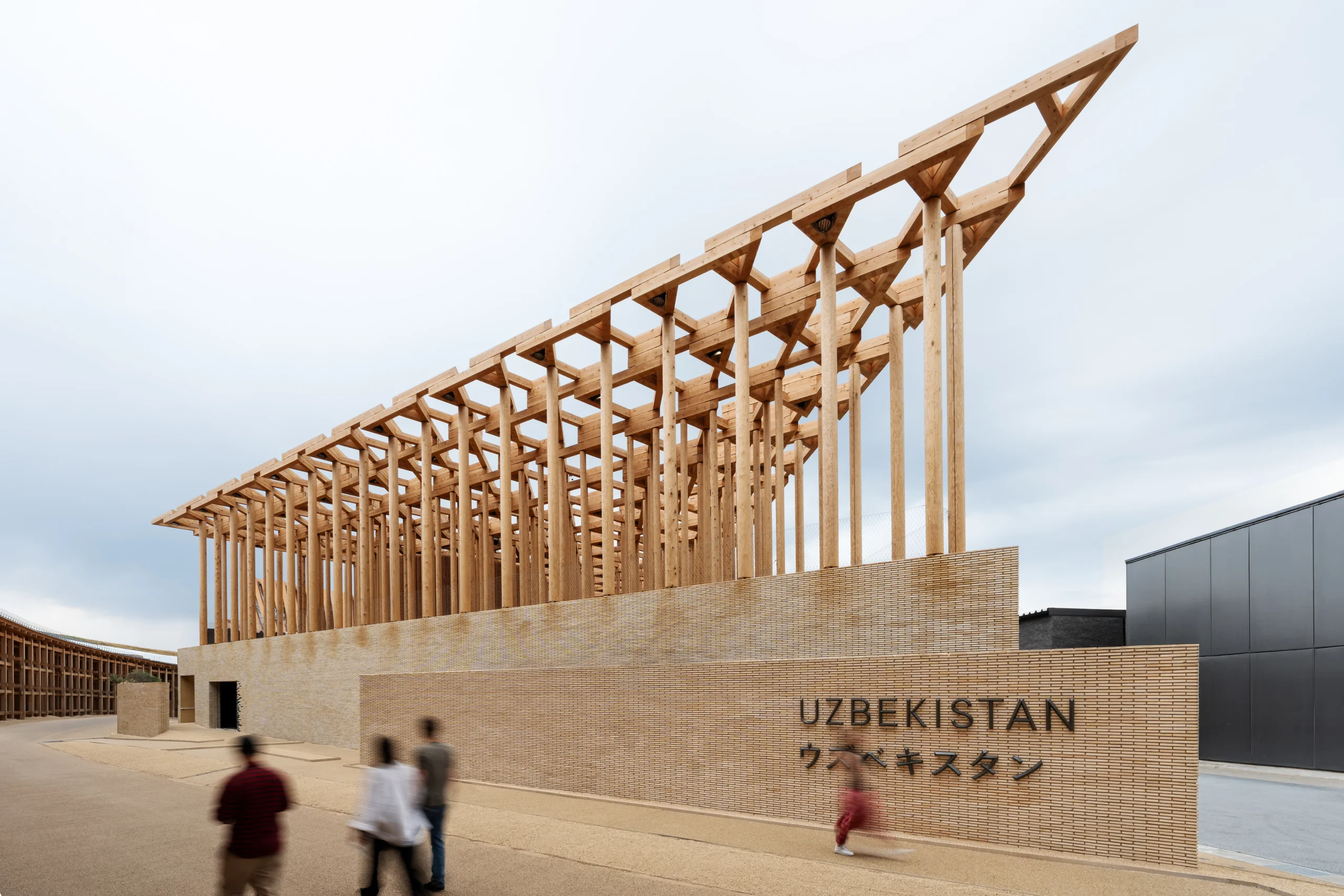Blending computational design with architectural mindfulness completely transforms the way we design spaces that support our mental well-being. With technologies like parametric modeling, algorithms, and data-driven design, architects now design spaces that literally reduce cognitive overload, promote reflection, and increase emotional balance. This technology-human centered design synergy provides us with a way to construct buildings that do a whole lot more than protect us from harm, they clear our minds, something we desperately need in our hectic, stressful world. Here’s more on how computational design contributes to mental clarity and mindfulness.
Bridging the Gap Between Online Psychic Readings and Neuroarchitecture
The search for mental clarity cuts across disciplines, appearing in practices from meditation, and psychotherapy, to even online psychic readings, where people seek advice to disentangle emotional or existential challenges. Likewise, computational design allows architects to discover the unconscious wishes and psychological cues that govern our spatial lives. While psychic readings try to uncover secret patterns in your life, parametric tools make secret patterns between environmental conditions, such as light, sound, and more.
Neuroarchitecture is an emerging discipline that combines neuroscience and design, demonstrating how aspects like natural light, greenery, and space organization can influence our mood and cognition. Through computational design, architects get to use all these tools to model, simulate, and adjust certain aspects to create places that support mental wellbeing.
For instance, algorithms are able to calculate how daylight moves through a room to ensure that people receive the appropriate amount of light to regulate body clocks and moods. And on top of that, acoustic simulations can adjust sounds for a calm atmosphere, and selecting materials can be considered for how they feel and appear to alleviate stress. This data-driven approach truly helps calm the mind and offers mental clarity, just like you get after a psychic reading.

Computational Design and the Science of Mental Clarity
Using computational design philosophies is just one of many ways to create an environment where you can relax and gain mental clarity. In fact, the benefits are quite the same as you get when going for psychic readings, as your main goal is always to find more clarity in life and make peace with what life has to offer. Where psychic readings help through a virtual medium, computation design allows architects to create such spaces where you can calm your mind and concentrate on any task at hand.
The converging point of these two contexts is the conscious creation of environments, both virtual and physical, that guide the mind towards clarity. Also, bear in mind that computational design has nothing to do with being caught with literal form but with defining rules and guidelines. All of this logic-before-anything-else thinking assists architects in designing spaces that work and actually fit what people need and how their environment acts.
The function goes far beyond beautifying the look of a building; it also encompasses the design of an atmosphere in which clarity of thought, contemplation, and emotional restraint can exist. Like the individualized nature of an online psychic reading, computational design can be tailored to the needs of its users, maximizing the utilization of light, space, and the overall mood.
Dynamic Lightscapes and Circadian Synchronization
Light is super important for our mental health, and now we have these parametric tools that allow us to change things based on our feelings. The Garden of Knowledge Pavilion at Expo 2025 Osaka has this kinetic shading system powered by machine learning. With occupancy sensors and biometric wristbands, the canopy has 1, triangular panels that tilt every 10 seconds to keep the light at a perfect 500-lux level, great for staying alert, while blocking UV rays that can mess with melatonin production.
The Garden of Knowledge Pavilion’s adaptive lighting system demonstrates the way computational design transcends the static solutions of the past to work as an active intermediary between human physiology and the built environment. Essentially, the system uses parametric modeling to determine not just geometric shapes but algorithms that respond to biometric data (heart rate, pupil dilation) as well as environmental data (sun angle, cloud cover) to alter the quality of light in real-time.

This is a paradigm shift from designing spaces to designing responses. This level of granular personalization is enabled by computational fluid dynamics simulations that forecast how light scatters through the triangulated panel array, so that localized adjustments won’t produce jarring contrasts
Finally, the system’s power is in its recursive learning potential. Every interaction tunes the models beneath, building structures that adapt to their users’ requirements. This symbiosis between computational accuracy and biological subtlety redefines mental clarity as a consciously developed state
The Role of Parametric and Adaptive Design
Parametric design, a form of computational design, uses programs to generate and modify forms in relation to some specific criteria. Such flexibility is vital when designing spaces that can transform according to whatever the people within them desire and need. For instance, features such as moveable walls, adjustable lighting, and modular furniture enable spaces to transform from collaborative to private and personal, or from energetic to laid-back, based on people’s desires.
Parametric systems in building can be designed to emphasize mental acuteness by dynamically changing spatial properties. For instance, an office can be designed to automatically enhance lighting and minimize noise in moments of critical thinking to enable focus and prevent mental exhaustion. This adaptability embodies the customized character of online psychic readings, in which advice is offered in a way that is personalized to the immediate situation and queries.
Conclusion
The combination of computational design and mindful architecture is a new field in designing spaces to elicit mental well-being and concentration. Through algorithms, data, and evidence-based design, architects have created spaces that improve concentration, reduce tension, and create a sense of calmness. It’s really a bit like what happens in psychic readings; both are really about crafting the space for awareness, coherence, and harmony, whether through designing physical environments or traversing our minds. As we keep finding out what we can do with computational design, our fundamental goal is actually pretty simple: to craft spaces that not just insulate us but also boost our mental and emotional health, so we can actually thrive in every way in our lives.
















Leave a comment